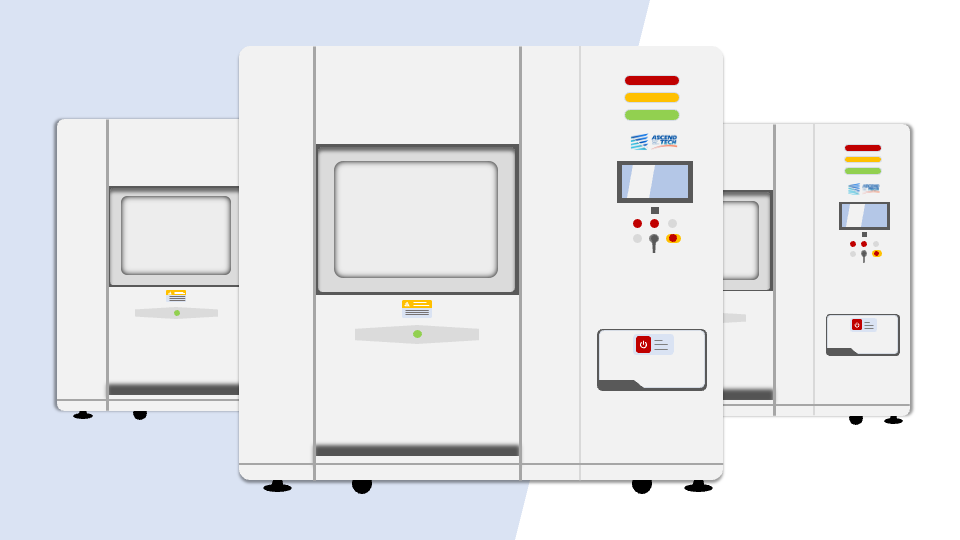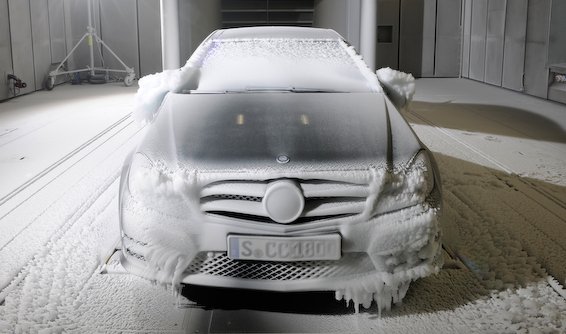Sand & Dust Test Chambers
In this article, we will explore the significance of sand and dust testing, how these test chambers work, their benefits, industries that benefit from them, key features to consider, factors to evaluate when choosing a test chamber, and real-world case studies. So, let's dive in and discover how sand and dust test chambers play a vital role in ensuring product quality and performance.
The Three-Zone Thermal Shock Test Chamber
The Three-Zone Thermal Shock Test Chamber is a highly specialized testing equipment used to simulate and test the effect of sudden temperature changes on a product. Its advanced features, such as three separate chambers, wide temperature range, high-accuracy temperature control, and large specimen capacity, make it an ideal testing solution for industries that require the highest level of precision and accuracy in their product testing. With benefits such as quality assurance, cost-effectiveness, time-saving, compliance with industry standards, and customizable testing, the Three-Zone Thermal Shock Test Chamber is an indispensable tool for ensuring the quality and reliability of your products.
Understanding the Basics of ASTM B117 Salt Spray Test Chambers
An ASTM B117 salt spray test chamber is a specialized laboratory environment used to evaluate the corrosion resistance of metals in simulated outdoor environments. In other words, it’s a space where corrosion testing is conducted. Sometimes referred to as salt fog, a salt spray test is conducted in a closed chamber that can be adjusted to create a variety of corrosive environments.
Salt spray testing is a common method used to predict the corrosion rates of metals in outdoor environments such as seawater, chlorides, and/or other outdoor elements.
Different Types of Climate Chambers, Which One Do You Need?
The process of selecting a climate test chamber is complicated since the proper selection is extremely beneficial in the perfecting and improvement of the production of products. The elements to consider when choosing the type of climate chamber include the specimens to be tested and the type of data required or the types of tests to be performed.
How Does a Test Chamber Work for Lithium Ion Batteries?
As the use of lithium-ion batteries continues to grow, so does the need for reliable and safe testing methods. The chambers described in this article are just one example of how companies are working to ensure that their products meet the highest standards for safety and quality. By investing in reliable testing methods, companies can provide their customers with the peace of mind that comes from knowing that their products are safe and effective.
Temperature Testing For Electric Vehicle
Temperature testing is a process of testing electric vehicles in extreme temperatures to ensure that they can withstand the heat and cold. This is important because electric vehicles are powered by batteries, which are sensitive to temperature changes. By testing the vehicles in extreme temperatures, manufacturers can ensure that the vehicles will be able to withstand the rigors of real-world conditions.
MIL-STD-810G: Understanding, Planning, and Performing Climatic and Dynamic Testing
MIL-STD-810G is a guide for performing environmental engineering tests and analyses. The standard establishes uniform laboratory and field methods for measuring the effects of environmental stresses on material, equipment, and systems. It is often used in the aerospace, automotive, and military industries. In this article, we will provide an overview of the standard and explain how to plan and carry out MIL-STD-810G testing.
What Is Climatic Testing?
Climatic testing is an important process that helps ensure the quality of products. By subjecting products to extreme temperatures, humidity, and other conditions, manufacturers can identify potential issues and make changes to improve the durability of their products. While it may seem like a costly and time-consuming process, climatic testing can save companies money in the long run by reducing warranty claims and product returns.
Humidity Chamber: What Is It? How Does It Work? Testing Uses?
A humidity chamber, also called a climatic chamber, is an enclosed space in which the temperature and relative humidity can be controlled. These chambers are used to test the effects of different climates on objects or materials. Humidity chambers can be used to simulate a variety of climate conditions, including tropical, desert, and polar climates. They are often used to test the effects of weathering on products or materials. Humidity chambers can also be used to study the growth of mold and mildew.









